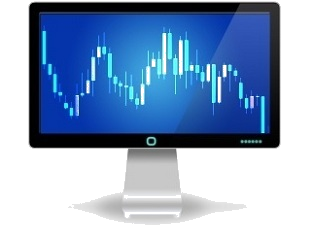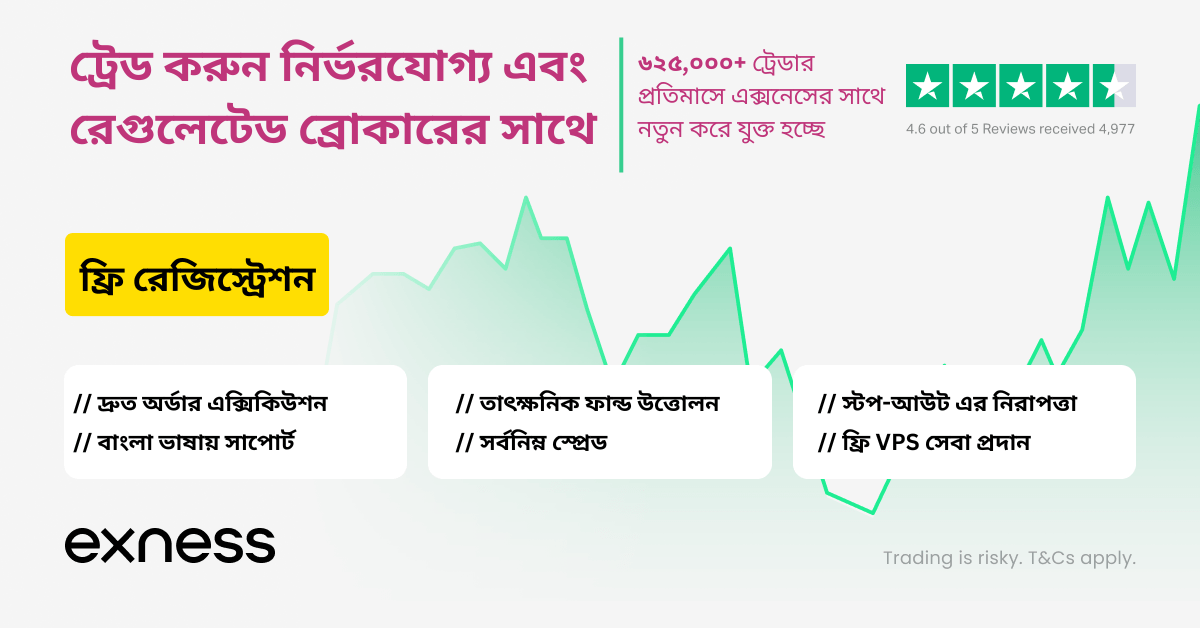Trading kicked off with a bang after the Easter holidays thanks to U.K. Prime Minister May who shocked the markets by calling a snap election in June. This announcement was completely unexpected even by those within her own government and goes against a vow to forgo calling another election before 2020. The surprise is evident in the pound’s price action, which rose nearly 400 pips between the European and NY trading sessions. While an argument can be made that the election introduces new uncertainty, a flash poll by ICM finds May’s party with a 21-point lead. The goal of the election is to shore up political support for all of the Brexit decisions that will need to be made over the next few months. As May said in her speech, “The country is coming together, but Westminster is not.” Of course she would not have called the election without a great deal of confidence that she will win and based on sterling’s reaction, investors also believe that Conservatives will sweep the votes. If she succeeds as the market expects, the support of her people gives her strong negotiating power with the European Union. While the move in GBP/USD is overdone and the polls will most certainly narrow, it is important to remember that GBP can be a very trending currency and after Tuesday’s move, there is no resistance until 1.30.
USD weakness also helped drive the British pound higher. U.S. yields fell sharply Tuesday on the back of disappointing U.S. data. Housing starts dropped -6.8% in March, more than double expectations. Building permits increased and industrial production met expectations. Still, these reports were not strong enough for investors to forget the recent deterioration in spending, inflation and manufacturing activity. The Beige Book is scheduled for release on Wednesday and while the U.S. economy in general continues to recover, if Fed districts report a slowdown, the dollar could extend its losses quickly. USD/JPY has actually been fairly resilient considering that the 10-year Treasury yield dropped over -7bp Tuesday to its lowest level since November. There are clearly a lot of bids underneath 108.00 but unless U.S. data takes a turn for the better, it should be a matter of time before this level breaks, giving way to a stronger move down to 106.
Euro rose to its strongest level versus the U.S. dollar in 3 weeks. The move had nothing to do with the outlook for the Eurozone and was instead driven entirely by U.S. dollar weakness and a sympathy rally with the pound. Regardless of catalyst, EUR/USD broke above 1.07. We are weary of this rally as the U.K. election makes the French presidential election even more important and we are days away from the first round of voting in France with the polls showing Macron and Le Pen neck and neck. Investors will be watching the polls closely over the next 3 days as they digest incoming data. The Eurozone’s inflation and trade reports are scheduled for release on Wednesday followed by the Eurozone PMI reports on Friday. Economic conditions have been improving in the region but inflation remains low – so Wednesday’s reports may provide limited support to the euro.
The Canadian and Australian dollars traded sharply lower Tuesday while the New Zealand dollar marched higher. The loonie collapsed on the back of a slowdown in existing home sales growth, lower oil prices and most importantly, a sharp -7bp decline in Canada’s 10-year bond yield, which fell to its lowest level since November. The Australian dollar was hit by dovish RBA minutes. At the last central bank meeting, policymakers expressed specific concerns about housing and labor. While some could argue that the minutes are no longer valid after the latest jobs report, the RBA also said that while the “latest jobs report was better, they will remain cautious given volatility in the series.” The New Zealand dollar, on the other hand, extended its gains on the back of rising dairy prices. The value of the country’s most important commodity increased for the third auction in a row, this time by 3.1%, which was the largest increase this year. The country’s PMI services report was due Tuesday evening and we are looking for a firmer report given the sharp rise in the business PMI index.
























































